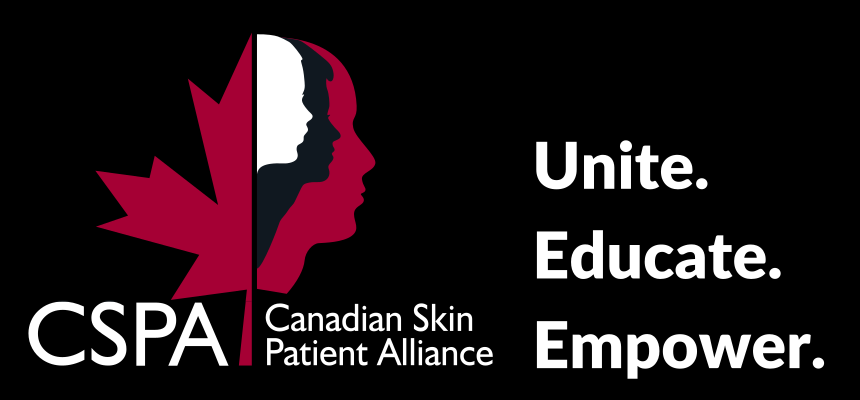
People who suffer severe burns may take years to recover physically and emotionally. Each burn survivor copes with his or her injury differently, depending on how serious the
burn is and the person’s personality. Along with the physical pain and change in appearance, a burn survivor may experience loss (e.g., temporary or permanent leave from work, inability to care for family, being unable to engage in leisure activities), fear about the future, anxiety about recovery and concern about returning to a normal life.
There are two important factors that have consistently been found to influence psychological and social adjustment following burn injuries: the enduring quality of family and social support received by the burn survivor and the willingness on the part of the survivor to take social risks.
Conversely, factors associated with poor psychosocial adjustment by a burn survivor include:
- Social shyness
- An acceptance within the family of the survivor’s dependence (learned helplessness)
- Lack of family cohesion and high conflict within the survivor’s family
A full physical and psychological recovery from a serious burn can be a difficult process and involves major adjustments as a survivor works to develop a new life, a new body image, and new ways to feel confident. Some strategies for recovering emotionally from a severe burn include the following:
- Include all members of the family in all aspects of treatment.
- Practise autonomy: doing things for yourself in a new way.
- Learn to manage predictable reactions from naïve observers (e.g., staring, questions about what caused the burn).
- Practise social skills and social risk-taking. James Partridge, director of Changing Faces, an organization that assists people with facial disfigurement, recommends adopting a social skills technique called “3-2-1-GO!” in which the survivor plans for uncomfortable social situations by thinking of 3 things to do when someone stares at them, 2 things to say when someone asks them what happened (to cause their scars), and 1 thing to think if someone turns away from them. Other coping techniques include going out with family members or friends to feel less conspicuous and reminding yourself that who you are on the inside has not changed, your skin will continue to heal up to two years after the burn and the scars will become less obvious over time.
- Identify positively as a burn survivor, rather than as a burn patient or victim.
- Celebrate rehabilitation gains and social accomplishments.
- Understand that each burn survivor is a human being who can be strong and competent, optimistic and autonomous, but also experience moments of sadness, despair or rage.
- Remind yourself that soon you will be comfortable in a new routine, or a “new normal” life. There will be life after the hospital, after the end of rehabilitation and after the pressure garments come off! This new life can be just as good or even better than the one that existed before the burn.
- Be prepared for the emotions at various phases of recovery.
- Connect with others who have had similar experiences. Some hospitals and associations run support groups.











